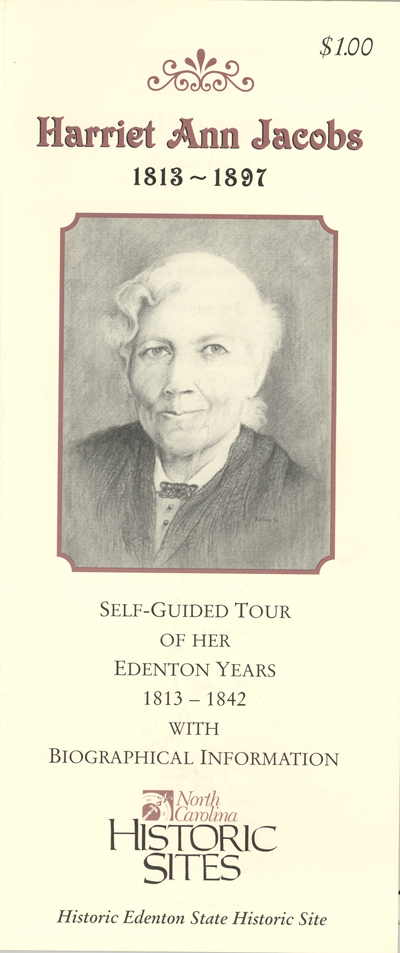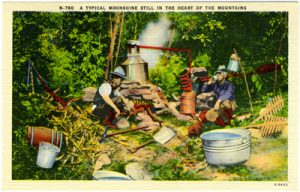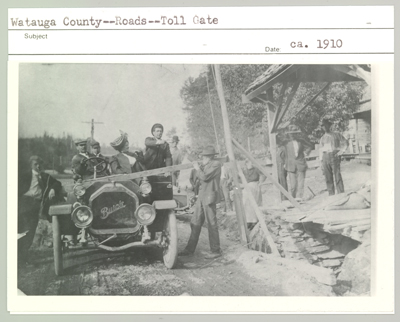In an undated 20th Century essay by Olive F. Gunby titled “Courtship in Carolina,” the author describes the socially appropriate way of wooing a proper North Carolina lady.
The courtship, as described by Gunby, should naturally begin when the gentleman invites the lady for a ride in his buggy after church. As the relationship progresses, the gentleman may drop by her house to visit her, and manages to speak directly to all members of the household except her. And because dancing is “an amusement indulged in only by the sinful and depraved,” the only social interactions between the pair can occur while playing games at a gathering. Actually proposing marriage requires a year or two of gathering courage.
Despite my toungue-in-cheek paraphrasing of Gunby’s treatise, what’s interesting to me is that much of the action of bringing the couple together seems to be fueled by town gossip regarding the public development of the relationship. Gunby writes that after the post-church buggy ride, news of the interaction will be discussed by neighbors and friends across town over lunch. If the man’s horse is seen tethered in front of the girl’s house, news of this will also spread, designating the lady as off-limits for other suitors. Gunby writes:
“Mike Brown’s bay was hitched in front of Aunt Mary Ann’s gate when I came by” is announced at sundry supper tables that evening, and soon it is whispered around that Mike Brown is “going after” Loretta … no one in that neighborhood will dream of interfering with Mike’s plainly evinced intentions. (174-175)
Unfortunately, we don’t seem to have any thing else in the NCC about 20th Century courtship, although there were two North Carolina Historical Review articles written about Antebellum courtship and 19th Century courtship.



